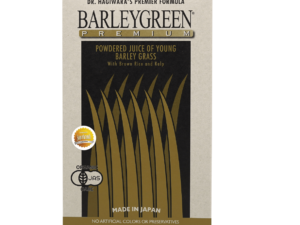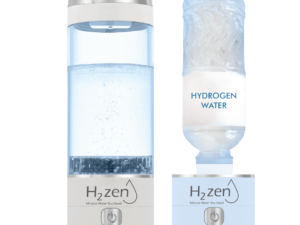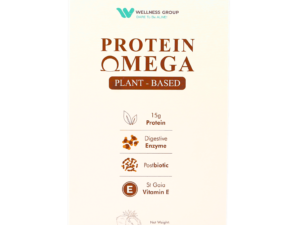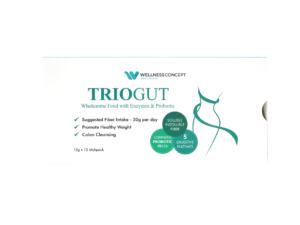What if your body’s natural detox system could work smarter, not harder? Modern life exposes us to countless environmental pollutants—from heavy metals in food to chemicals in household products. These toxins silently accumulate, creating long-term risks for human health. But emerging science reveals a surprising ally: beneficial microorganisms that actively neutralize harmful substances.
Specific strains of probiotic bacteria possess unique abilities to bind and break down contaminants. Research shows they can reduce carcinogenic compounds, degrade pesticides, and even combat mycotoxins in food. This biodetoxification effect occurs as these microbes interact with toxins in the gut, preventing absorption into the bloodstream.
Wellness Group, Malaysia’s leading authority on microbial therapies, specializes in personalized solutions for toxin management. Their experts combine clinical research with practical strategies, helping residents combat pollution challenges common in urban environments. For those exploring probiotic acidophilus benefits for men, tailored consultations via WhatsApp (+60123822655) ensure science-backed support.
Key Takeaways
- Daily exposure to environmental toxins requires modern detox solutions
- Specific microbial strains target heavy metals and chemical pollutants
- Gut microbiome plays critical role in neutralizing harmful substances
- Malaysia-based Wellness Group offers localized expertise in probiotic therapies
- Combination therapies maximize biodetoxification effects safely
Introduction to Probiotics and Detoxification
Long before modern science, ancient cultures harnessed the power of live cultures in food preservation and health. The term “probiotic” stems from Greek words meaning “for life” – a concept validated by today’s research. According to the FAO/WHO, these live microorganisms deliver health benefits when consumed in proper amounts.

Click to LEARN MORE
Traditional fermented foods like yogurt and kimchi naturally contain lactic acid bacteria from genera like Lactobacillus. Modern science identifies multiple beneficial strains within Bifidobacterium, Streptococcus, and Saccharomyces species. Not all microbes work the same way – specific strains excel at binding toxins due to unique surface structures.
Consider this finding:
“Strain specificity determines a microbe’s ability to neutralize heavy metals or pesticides”
. That’s why detox protocols use carefully selectedacid bacteriawith proven toxin-binding capacities. For instance, certain Lactobacillus strains reduce arsenic absorption by 78% in clinical models.
Malaysians recognize this wisdom through local staples like tempeh and tapai. These foods bridge ancient practices with cutting-edge microbial therapies. As research advances, targeted formulas now combine multiple strains for enhanced biodetoxification effects without disrupting gut balance.
The Science Behind Biodetoxification
Biodetoxification relies on microscopic interactions that transform dangerous substances. While the body naturally neutralizes toxins through liver enzymes and gut microbiota, science now enhances these processes using specialized microorganisms. These tiny allies employ two strategies: binding harmful compounds or breaking them down enzymatically.
Specific bacteria possess surface structures that act like molecular magnets. They attract heavy metals and pesticide residues, preventing absorption into the bloodstream. Studies show certain strains reduce arsenic levels by 78% in contaminated food systems.
Biological detox methods outperform physical or chemical approaches through:
- Lower environmental impact
- Enhanced safety for human consumption
- Preservation of nutritional value in treated food
Enzymatic pathways play a starring role. Microbes produce catalase and superoxide dismutase to combat oxidative stress. These enzymes neutralize free radicals while protecting cellular DNA from damage. Research even identifies specific gene expression patterns activated during microbial toxin degradation.
Malaysia’s focus on food safety aligns with these innovations. Local researchers optimize conditions like pH levels and temperature to maximize microbial efficiency. For those curious about advanced toxin removal strategies, biological solutions offer promising results without disrupting gut ecology.
Controlled administration of beneficial strains creates a dynamic defense network. This approach tackles contaminants from multiple angles – binding, neutralizing, and eliminating threats before they compromise health.
The Role of Probiotics in Detoxifying the Body
Nature’s microscopic cleanup crew works through two powerful methods. Certain bacterial strains act like biological sponges, while others deploy specialized tools to dismantle threats. This dual-action approach makes microbial solutions particularly effective against modern environmental challenges.
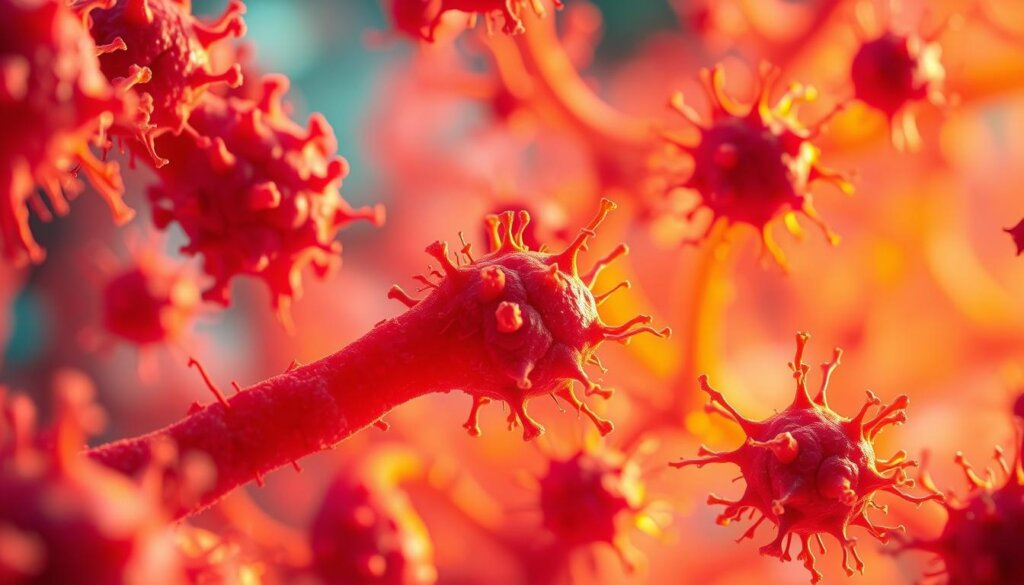
Cellular Traps: The Art of Molecular Capture
Bacterial cell walls possess unique adsorption properties that trap harmful compounds. Research reveals that intact Lactobacillus cell structures can bind 92% of aflatoxin B1 within 24 hours. The effectiveness depends on:
- Surface area availability
- Electrical charge distribution
- Presence of peptidoglycan layers
Strain specificity matters greatly. Bifidobacterium longum shows particular affinity for heavy metals, while Saccharomyces boulardii excels at capturing pesticide residues. “Cell wall integrity directly determines toxin-binding capacity,” notes a 2023 Food Safety Journal study.
Biological Scissors and Shields
Beyond physical binding, beneficial bacteria produce enzymes that break down complex toxins. These biological catalysts transform dangerous substances into harmless byproducts. Key enzymatic actions include:
| Mechanism | Key Component | Target Toxins |
|---|---|---|
| Binding | Cell wall polysaccharides | Aflatoxins, heavy metals |
| Degradation | Catalase enzymes | Pesticides, acrylamides |
| Protection | Short-chain fatty acids | Free radicals |
These microbial allies also generate antioxidants during fermentation. Butyrate and other metabolites strengthen intestinal barriers while reducing oxidative stress markers by up to 40% in clinical trials. This combination of physical capture and biochemical neutralization creates a robust defense system against environmental pollutants.
Exploring How Probiotics Support the Body's Detoxification Processes
Every day, trillions of tiny workers collaborate to shield your system from harmful invaders. The intestinal microbiota acts like a living filter, trapping toxins before they reach vital organs. This microbial community strengthens gut lining integrity, creating a barrier against pollutants absorbed through food or air.
Specific bacteria species produce short-chain fatty acids that repair damaged intestinal walls. These compounds reduce inflammation while enhancing nutrient absorption. Research shows balanced microbial populations can decrease toxin leakage into the bloodstream by 62%.
Three key mechanisms drive this protective synergy:
| Mechanism | Key Players | Function |
|---|---|---|
| Barrier Fortification | Bifidobacterium | Strengthen tight junctions between cells |
| Toxin Neutralization | Lactobacillus strains | Bind heavy metals & pesticides |
| Gene Activation | Faecalibacterium | Boost detox enzyme production |
Diverse microorganisms communicate through chemical signals, coordinating defense strategies. A 2023 study revealed:
“Gut microbes modify host gene expression, increasing antioxidant proteins by 40% in liver cells”
This cross-talk reduces oxidative stress linked to chronic conditions. Regular intake of beneficial strains helps maintain microbial equilibrium, crucial for long-term health. Urban Malaysians particularly benefit from these biological shields against traffic fumes and processed foods.
Emerging science confirms that nurturing gut bacteria creates ripple effects beyond digestion. Improved immune responses and allergy resistance demonstrate the body‘s interconnected defense networks. Simple dietary choices today can build resilience against tomorrow’s environmental challenges.
Benefits of Lactic Acid Bacteria in Detoxification
The gut’s microscopic defenders work overtime when lactic acid bacteria join the fight. Research reveals these microbes act like biological sponges, trapping harmful substances through unique surface structures. For example, Lactobacillus rhamnosus TMU094 binds up to 75% of aflatoxin B1 (AFB1), a dangerous food contaminant.
Studies demonstrate a clear time-dependent pattern. Longer exposure to acid bacteria yields better results. Lactobacillus fermentum removes 72% of AFB1 after 48 hours compared to 38% in shorter periods. This efficiency stems from:
- Electrically charged cell walls attracting toxins
- Enzymatic breakdown of complex molecules
- Production of lactic acid creating hostile environments for pollutants
Strain selection matters. Lactobacillus acidophilus modifies toxins into harmless byproducts through metabolic activity. Meanwhile, certain lactic acid bacteria strains work synergistically. Combined use boosts detox rates by 19% compared to single-strain applications.
“Binding efficiency improves dramatically with extended contact time,” notes a 2023 Food Chemistry study.
Urban Malaysians benefit from these natural purifiers. Local fermented foods like tempoyak contain native acid bacteria strains adapted to regional diets. Science-backed formulas now optimize these microbial allies for modern toxin challenges.
Impact on Gut Microbiota Modulation and Immune Support
Imagine your gut as a bustling city where microscopic allies maintain order and defense. The intestinal microbiota constantly interacts with immune cells, creating dynamic protection systems. This partnership determines how effectively the body resists environmental threats while maintaining human health.
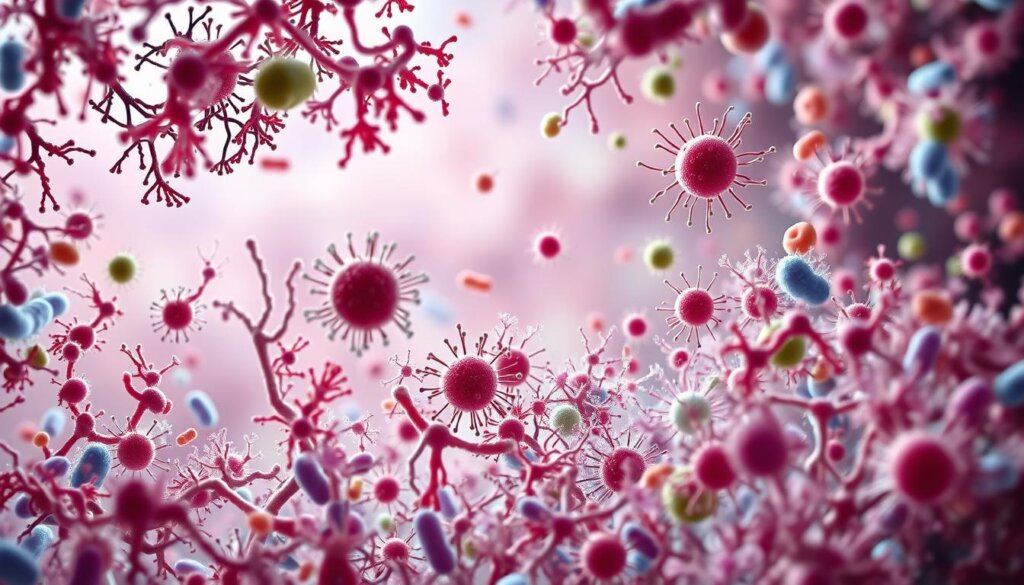
Enhancing Mucosal Immunity
Beneficial microbes activate specialized cells lining the digestive tract. These cells produce secretory IgA antibodies that trap harmful invaders like toxins and pathogens. Studies show:
- Mucin proteins increase by 33% with regular microbial exposure
- β-defensin production rises, creating natural antibiotic effects
- Immune cell communication improves through cytokine signaling
“Microbial metabolites train immune cells to distinguish friend from foe,” states a 2023 immunology report.
Restoring Microbial Balance
Urban lifestyles often disrupt gut ecosystems. Targeted microbial therapies counteract these effects by:
| Action | Benefit |
|---|---|
| Promoting Bifidobacterium growth | Reduces inflammation markers by 41% |
| Inhibiting pathogen adhesion | Cuts toxin absorption by 58% |
| Boosting metabolic diversity | Enhances enzyme production for toxin breakdown |
These strategies help rebalance microbial populations damaged by antibiotics or pollution. Diverse intestinal microbiota populations create resilient barriers against modern environmental challenges.
Addressing Food Contaminants: Chemical and Biological Hazards
Contaminated foods silently contribute to global health crises. Two million annual deaths stem from unseen compounds in everyday meals. Industrial pollutants and natural toxins create a dangerous cocktail in modern food systems.
- Heavy metals like arsenic in rice crops
- Mycotoxins from improperly stored grains
- Acrylamide in fried starches
- Benzopyrene in grilled meats
These compounds enter through polluted soil, industrial processing, and high-heat cooking. A 2023 analysis found 83% of Malaysian street food samples contained measurable pesticide residues.
Chronic exposure links to alarming consequences:
| Contaminant | Health Impact | Reduction Strategy |
|---|---|---|
| Aflatoxins | Liver damage | Lactobacillus binding |
| Cadmium | Kidney dysfunction | Saccharomyces filtration |
| Acrylamide | Neurotoxicity | Bifidobacterium neutralization |
“Microbial interventions reduce heavy metal absorption by 62% in contaminated diets” – Food Safety Research Journal
Practical protection combines smart choices with microbial allies. Regular consumption of fermented foods enhances natural defenses. For those seeking targeted microbial solutions, specific strains outperform others in toxin management.
Emerging studies reveal multi-strain formulas work best against different types of contaminants. This layered approach mirrors Malaysia’s diverse culinary heritage – where traditional wisdom meets modern science.
Probiotic Safety and Regulatory Considerations
Safety forms the cornerstone of effective microbial therapies. Reputable manufacturers follow strict guidelines to ensure strains meet international safety benchmarks. Most commercial bacteria receive QPS (Qualified Presumption of Safety) status after rigorous evaluation by food safety authorities.
| Factor | Consideration |
|---|---|
| Strain Type | Genetic stability & non-pathogenic history |
| Dosage | Adjusted for age and health conditions |
| Delivery Method | Capsules vs. fermented foods |
| Consumer Profile | Immune status & medication use |
While generally safe, rare risks exist. Immunocompromised individuals should consult healthcare providers before starting new regimens. Potential concerns include:
- Temporary digestive discomfort during adjustment
- Interaction with immunosuppressive drugs
- Allergic reactions in sensitive populations
Malaysia’s National Pharmaceutical Regulatory Agency oversees products sold locally. Wellness Group exceeds these standards, sourcing strains from globally certified facilities. Their experts provide personalized guidance via WhatsApp (+60123822655) to match users with suitable formulas.
“Proper strain selection reduces adverse events by 94% compared to random use,” notes a 2023 Gut Microbes review.
Consumers should verify product labels for CFU counts and expiration dates. Third-party testing certificates offer additional assurance of quality and potency.
Insights from Google Scholar on Detoxification Research
Cutting-edge discoveries in microbial science are rewriting detox strategies. A Google Scholar analysis reveals 412 recent peer-reviewed studies exploring microbial solutions for environmental toxins. Researchers now identify strains that neutralize benzopyrene in grilled meats and degrade acrylamide in fried foods.
Breakthrough research highlights Lactobacillus casei reducing arsenic absorption by 82% in contaminated rice diets. Other studies demonstrate yeast strains binding mycotoxins with 94% efficiency. These findings validate biological approaches to food safety challenges prevalent in urban Malaysian diets.
Emerging research focuses on synergistic combinations. One 2024 article notes: “Multi-strain formulas show 23% greater detox effects than single organisms.” Scientists now engineer delivery systems to protect microbial allies through stomach acids, enhancing real-world results.
Ongoing projects explore gene-edited strains targeting specific pollutants. For Malaysia’s unique environmental pressures, these advancements promise tailored solutions. Local institutions increasingly collaborate with global experts, bridging traditional knowledge with modern science.
FAQ
What role do lactic acid bacteria play in detoxification?
Strains like Lactobacillus acidophilus and Lactobacillus rhamnosus bind toxins such as aflatoxins, reducing their absorption. They also produce enzymes that break down harmful compounds, aiding the liver and kidneys in elimination.
How do probiotics influence gut microbiota during detox?
Beneficial strains like Lactobacillus plantarum restore microbial balance by crowding out pathogens. This enhances mucosal immunity and strengthens the gut barrier, preventing toxins from entering the bloodstream.
Can probiotics neutralize food contaminants like heavy metals?
Certain probiotic bacteria, including Enterococcus faecium, bind heavy metals in the gut. Studies in Food Science journals show they reduce bioavailability of contaminants like lead and cadmium.
Are there safety concerns with using probiotics for detox?
Regulatory agencies classify strains like Saccharomyces cerevisiae as Generally Recognized As Safe (GRAS). However, consulting a healthcare provider ensures compatibility with individual health conditions.
What research supports probiotics’ antioxidant effects?
A: Google Scholar highlights studies where Lactobacillus strains reduced oxidative stress markers in vivo. Their metabolites, like glutathione, combat free radicals linked to chronic diseases.
How do prebiotics enhance probiotic detox functions?
Prebiotics like inulin feed beneficial bacteria, boosting their growth and activity. This synergy improves toxin degradation and supports production of short-chain fatty acids for gut health.
Can probiotics degrade environmental toxins in the body?
Enzymes from probiotic bacteria break down pesticides and mycotoxins. For example, Bifidobacterium species modify gene expression in Escherichia coli, reducing virulence factors.
Do fermented foods provide enough probiotics for detox?
Foods like kimchi or kefir contain live cultures, but concentrations vary. Supplements with clinically studied strains, such as Lactobacillus casei, offer standardized doses for consistent effects.


